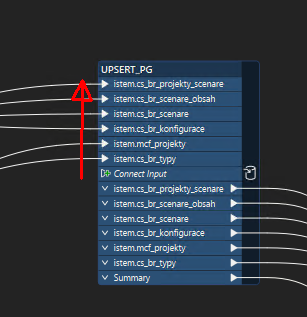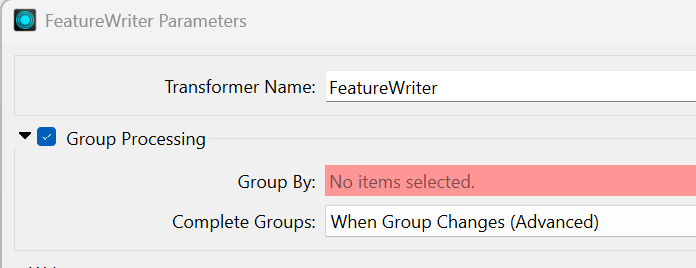How to securely achieve the desired order of in which are feature types (tables) written in the database? I have some FK dependecies in the target tables and I have somehow discovered that its written from the bottom to the top of the feature types list. If its not written from the parent to the childs it crashes on FK violations.

I know there is an idea registered. But so far what are the options? It consider the inserts/updates and also deletes where i would need the inverse order.
Thank you for the suggestions.



















